Themed collection 2018 Inorganic Chemistry Frontiers Review-type Articles

Identifying the high activity of the basal plane in 1T′-phase MoS2 towards electrochemical hydrogen evolution
Highly pure 1T′-MoS2 crystals are prepared and the electrochemical hydrogen evolution activity of the basal plane in 1T′-MoS2 is experimentally confirmed.
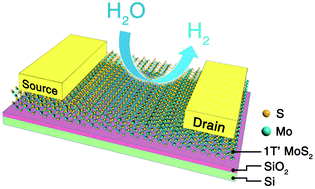
Inorg. Chem. Front., 2018,5, 1490-1492
https://doi.org/10.1039/C8QI00317C
New synthetic strategies to prepare metal–organic frameworks
This critical review summarizes the recent developments in the application of new synthetic strategies for preparing MOFs, including the ionothermal method, deep eutectic solvent usage, surfactant-thermal process, and mechanochemistry.
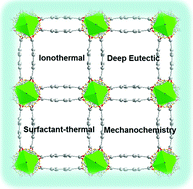
Inorg. Chem. Front., 2018,5, 2693-2708
https://doi.org/10.1039/C8QI00543E
Recent advances in inorganic material thermoelectrics
Time line of representative inorganic bulk thermoelectric materials from 1960s to the present.
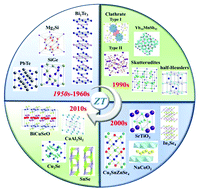
Inorg. Chem. Front., 2018,5, 2380-2398
https://doi.org/10.1039/C8QI00366A
An overview on Pd-based electrocatalysts for the hydrogen evolution reaction
The electrochemical hydrogen evolution reaction (HER) is a well-studied reaction which involves the reduction of protons for hydrogen production. Pd-based compounds are expected to have activity on par with or better than the expensive state-of-the-art Pt and can be considered as the future materials for the HER.
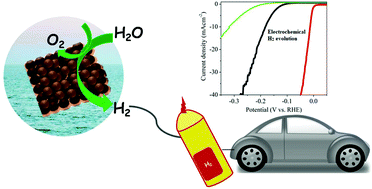
Inorg. Chem. Front., 2018,5, 2060-2080
https://doi.org/10.1039/C8QI00042E
Crystal chemistry and thermoelectric transport of layered AM2X2 compounds
This review highlights the chemical diversity and transport properties of AM2X2 Zintl compounds and strategies to achieve a high thermoelectric figure of merit.
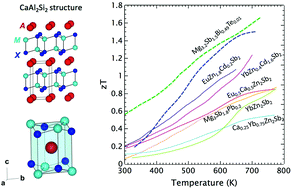
Inorg. Chem. Front., 2018,5, 1744-1759
https://doi.org/10.1039/C7QI00813A
Metal–organic framework nanoparticles for magnetic resonance imaging
This review aims to integrate the state-of-the-art of MOF nanoparticles and their use in MRI. It gives an overview of the work done so far, focusing especially on the clinical applicability. Furthermore, it summarises the different factors for MR signal formation mechanisms important for the development of MR active nanoparticles and provides suggestions for a better comparison between different studies.
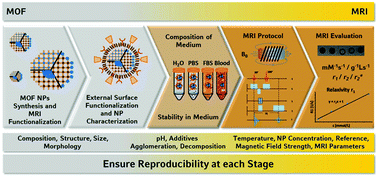
Inorg. Chem. Front., 2018,5, 1760-1779
https://doi.org/10.1039/C8QI00149A
Homochiral metal–organic frameworks as heterogeneous catalysts
Homochiral metal–organic frameworks (HMOFs) are attractive materials for asymmetric catalysis because they possess high surface area and uniform active sites.
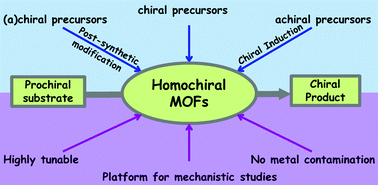
Inorg. Chem. Front., 2018,5, 1512-1523
https://doi.org/10.1039/C8QI00063H
Luminescent metal–organic frameworks as chemical sensors: common pitfalls and proposed best practices
In this review we approach the emerging field of sensors based on luminescent metal–organic frameworks from the perspective of the most commonly encountered pitfalls and we suggest best practices so that they can be avoided.
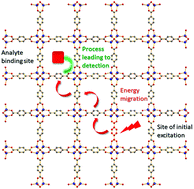
Inorg. Chem. Front., 2018,5, 1493-1511
https://doi.org/10.1039/C8QI00090E
Defect-mediated electron–hole separation in semiconductor photocatalysis
This review summarizes the inherent functionality of bulk, surface and interface defects, and their contributions towards mediating electron–hole separation in semiconductor photocatalysis.
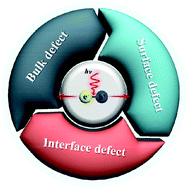
Inorg. Chem. Front., 2018,5, 1240-1254
https://doi.org/10.1039/C8QI00122G
Review of computer simulations on anti-cancer drug delivery in MOFs
Metal–organic frameworks (MOFs) have been recently used as potential nanocarrier platforms in biomedical applications such as drug storage and delivery, due to their low toxicity, biodegradability, high internal surface area, widely tunable composition, high payloads and controlled drug release.
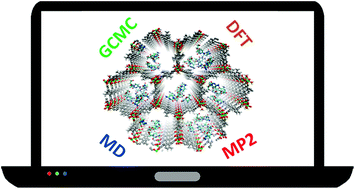
Inorg. Chem. Front., 2018,5, 1255-1272
https://doi.org/10.1039/C7QI00645D
Transition metal oxides for aqueous sodium-ion electrochemical energy storage
This work illustrates the obstacles that must be overcome and the benefits offered by aqueous rechargeable Na+ electrochemical energy storage.
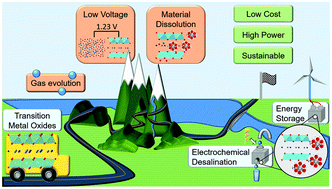
Inorg. Chem. Front., 2018,5, 999-1015
https://doi.org/10.1039/C8QI00148K
Electronic metal–organic framework sensors
This review provides an overview on the different types of electronic MOF sensors used for the detection of molecules in the gas/vapour phase and how to assess their performances.
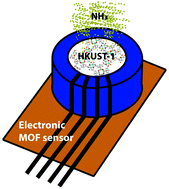
Inorg. Chem. Front., 2018,5, 979-998
https://doi.org/10.1039/C7QI00815E
A review of transition-metal boride/phosphide-based materials for catalytic hydrogen generation from hydrolysis of boron-hydrides
Efficient hydrogen generation and storage is an essential prerequisite of a future hydrogen economy.
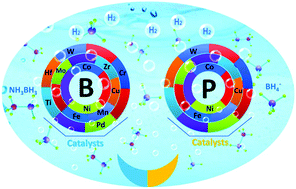
Inorg. Chem. Front., 2018,5, 760-772
https://doi.org/10.1039/C8QI00044A
Exploration of photothermal sensors based on photothermally responsive materials: a brief review
Photothermal sensors have emerged as a new type of sensor platform in recent decades and this brief review has summarized different types of photothermally responsive materials and their applications in various fields.
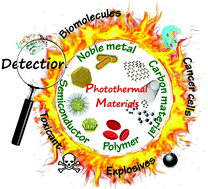
Inorg. Chem. Front., 2018,5, 751-759
https://doi.org/10.1039/C7QI00767A
A review of anion-regulated multi-anion transition metal compounds for oxygen evolution electrocatalysis
Recent advances in the anion regulation on multi-anion transition metal compounds as electrocatalysts for oxygen evolution reaction are reviewed.
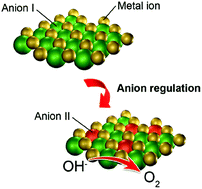
Inorg. Chem. Front., 2018,5, 521-534
https://doi.org/10.1039/C7QI00780A
Liquid-free single-crystal to single-crystal transformations in coordination polymers
Single-crystal to single-crystal (SCSC) transformations not only can create new materials, but also provide an opportunity to explore the process of forming a chemical bond. SCSC transformations discussed in this paper are confined to transformations via an absolutely liquid-free mode and involve the breakage and formation of new chemical bonds.
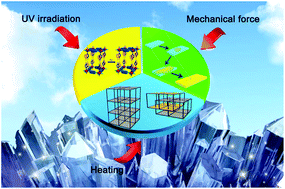
Inorg. Chem. Front., 2018,5, 279-300
https://doi.org/10.1039/C7QI00724H
Metal (M = Co, Ni) phosphate based materials for high-performance supercapacitors
With the ever increasing demand for clean, sustainable energy, electrochemical supercapacitors with the advantages of high power density, high efficiency and long life expectancy have become one of the major devices for energy storage and power supply, and have found wide application in hybrid power sources, backup power sources, starting power for fuel cells and burst-power generation in electronic devices.
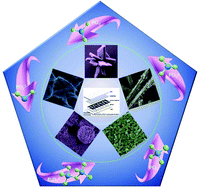
Inorg. Chem. Front., 2018,5, 11-28
https://doi.org/10.1039/C7QI00434F